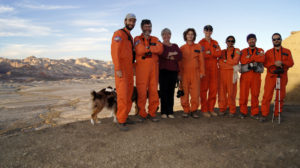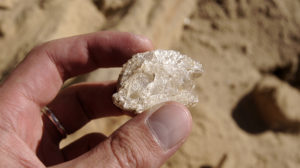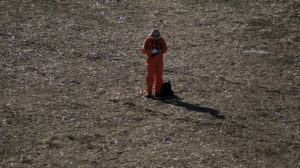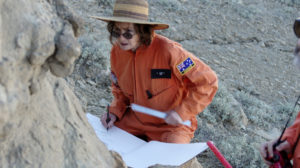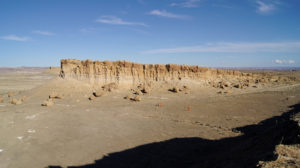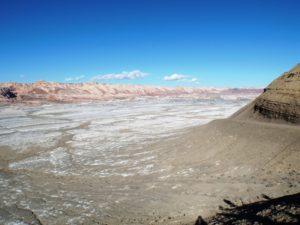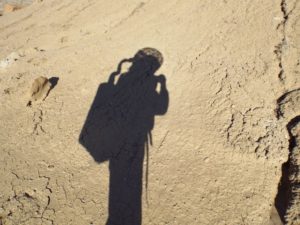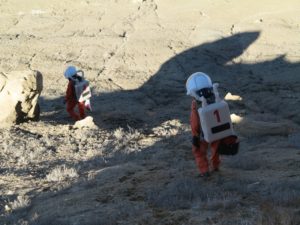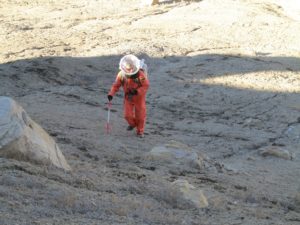The Indiana Jones of Mars
Born in Malaysia, raised in Thailand, finished university in Tasmania and chose Australia as his home. Dark grey beard, glasses in the black spectacle frame, hiking khaki colored hat and the kindest smile I have ever seen. Let me introduce you to our crew geologist Dr. Jonathan Clarke. In his late 50-s he is more fit and hardy than a 30 years old man. Always on the field but never cut out off from the real world. His best partner in crime is a hammer, which he even took on his honeymoon. If you imagined a geologist as a boring person interested only in the rocks, well Jon will rock your world with his diverse knowledge and laconic sense of humor.
Since a child, Jon was interested in rocks, fossils and minerals, together with space and biology. The years sifted childhood passions. He was too kind to cut dead animals or experiment on live ones, therefore biology didn’t stick with him. Since Australia doesn’t have own space program Jon didn’t see any possibility to work in this field. Working outside, seeing interesting places in extreme conditions and the environment made him decide to do the PHD in geology. And as a minor for the first year of university, he studied the philosophy. Philosopher C.S. Lewis influenced Jon, with his integrative worldview, which can be describe in a phrase: “If something is true, it is always a truth”.
Dr. Clarke lived in different cities and towns of Australia. Perhaps the most unusual place, where he spent five years, was a small gold and nickel mining town with population of 5000 people – Kambalda (Australia). Working and spending free time in the community of scientists and hard workers close to the bush at the edge of the salt lake, reminded Jon of how a Mars settlement might look. Since Kambalda is a company town, he drew an analogy to a possible SpaceX colony on Mars.
What has always excited Jon in the geology is the grandeur of landscape. The most exotic locations he explored as geologist were: Ladakh (India) – very high altitudes cold desert (4300 meters); White Island (New Zealand) – very volcanic active island, where you have to wear a gas masks because of the fumes, and the Atacama Desert of Chile, the driest place on Earth.
Even though geology is the biggest part of Jon’s life after his family, the love for space never left him. Before he could read, he had the encyclopedia with pictures of Mars canals and Moon’s Apollo missions. The dream of geological explorations on different planets and Moons subconsciously was leading Jon to appear among Crew 160.
In 2001, Jon was surfing the internet and saw an advertisement by Mars Society Australia, where they have been looking for someone to lead an expedition to determine the location for Mars analogue stations in Australia. Since then he never left this team of like-minded people and in 2012 became the president of Mars Society Australia. Several field expeditions to Arkaroola, Pilbara, simulated space suits, field robots, the design of an analogue station, attempt to build the pressurized rovers – Mars Society Australia already acts as a national space agency. Apart from that, Jon is also working on Mars landing sites for the first crewed mission to Mars.
“The first geologist on Mars has to be practical in the field, get along with the crew, good handy person and with a sense of humor”, said Jon Clarke. I thought he just described himself! Now he is part of the Mars 160 analogue mission crew, but one day he might hammer Martian rocks.




